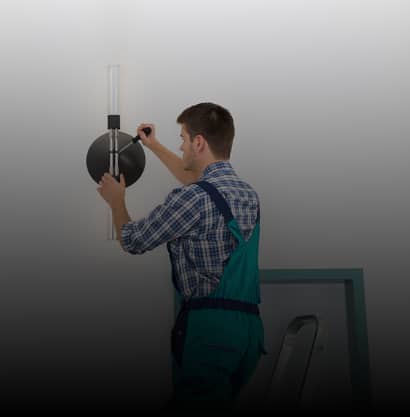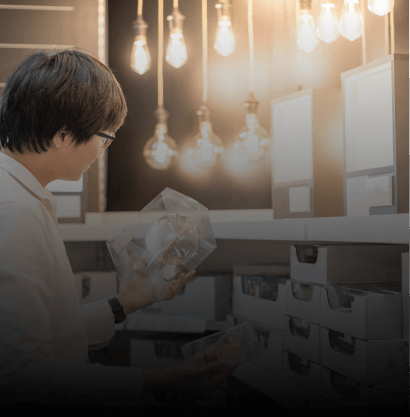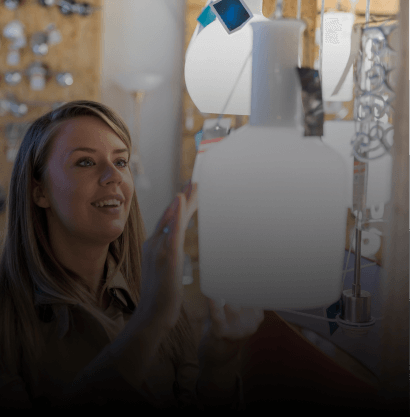Proper lighting is more than a practical aspect in any type of setting or environment. It is vital for the design, functionality, or even the safety of a space. Whether you are looking for lighting products for a residential area, designing a building for various purposes, from commercial to industrial uses, or taking care of the sustainability of a wider public space, the right lighting solutions can level up your projects.
You are here:
- Home
- article
- The Guide for Choosing the Right LED Lighting Solutions for Your Needs
The Guide for Choosing the Right LED Lighting Solutions for Your Needs
February 21, 2024
LED Lights
Choosing the right LED lighting solutions for your project might seem an easy job. However, the overgrowing capabilities and characteristics of lighting can transform it into a tedious process. Let’s help you out.


Key Features of Lighting Solutions
Before jumping to specifics, it’s crucial to start from the basics: what type of lighting do you need? The more traditional options, such as the incandescent or fluorescent solutions provide widespread or warm light; however, they are much less efficient and less lasting than the LED lighting solutions, which are the current preferred option in many environments. For instance,
LED lighting solutions provide up to 85% energy-saving.
Perhaps the most prominent aspects when choosing the lighting source, the light brightness and the power let you know about the amount of emitted light and how much energy is consumed. Together, they inform you about the efficiency (lumens per watt) of various options, helping you to compare various products successfully.
The efficiency, among other factors like the life span or the switching cycles, is important not only for cost reduction purposes but also for sustainability. Make sure you also take into account if the lighting source is flicker-free, which significantly extends the overall lifetime, thus contributing to sustainability.
Next, you need to consider the type of lighting you need for a specific setting or project and decide between ambient, focused, or widespread lighting. On the same note, the light color will impact the overall ambiance of the space, so make sure you can choose from a wide range of options. If the 2700K warm light suits the living room project, then the 8000K, cool blue light will be fit for a manufacturing setting. You also must not forget to check the compatibility in terms of voltage and frequency, the displacement factor, and the cap/base of a bulb before making the final selection, for a hassle-free operation during a project that requires a high amount of lighting sources.
Application-Specific Requirements for Lighting Solutions
The scope of the space is pivotal in the selection, as various spaces come with different needs that may profoundly shift the needed features or specifications.
For instance, when designing commercial spaces or art galleries, the focus is on creating an inviting atmosphere, while also taking into account factors such as the accuracy of color reproduction (the color rendering index), or the beam angle so you successfully direct the light toward the exhibited products.
For industrial, manufacturing, or warehouse facilities, you need to prioritize durability, brightness, and energy efficiency—these will ensure workers’ safety and productivity. Therefore, products adapted for high ceilings, and extreme temperatures, as well as resistant to humidity or dust are a no-go. Similarly, public spaces or parking lots require seamless operations under too-low or high temperatures, while providing expanded illumination and eliminating any dark spots.
Efficiency and extended lifespans are crucial aspects of any type of application, both for cost-efficiency reasons and for sustainability purposes. Try to opt for products that are free of toxic components and ensure a high quality of light.
You can check our product ranges based on their applications here.


Choosing the Right Lighting Solutions Partner
Finally, selecting a partner that not only offers a wide range of products but is also committed to continuous innovation and puts their partners’ needs first significantly impacts your overall project, be it a small-scale one or one that involves numerous stakeholders.
recommended Articles
Keep updated with similar articles from the world of lighting. Everything you need to know for an efficient and sustainable life.



